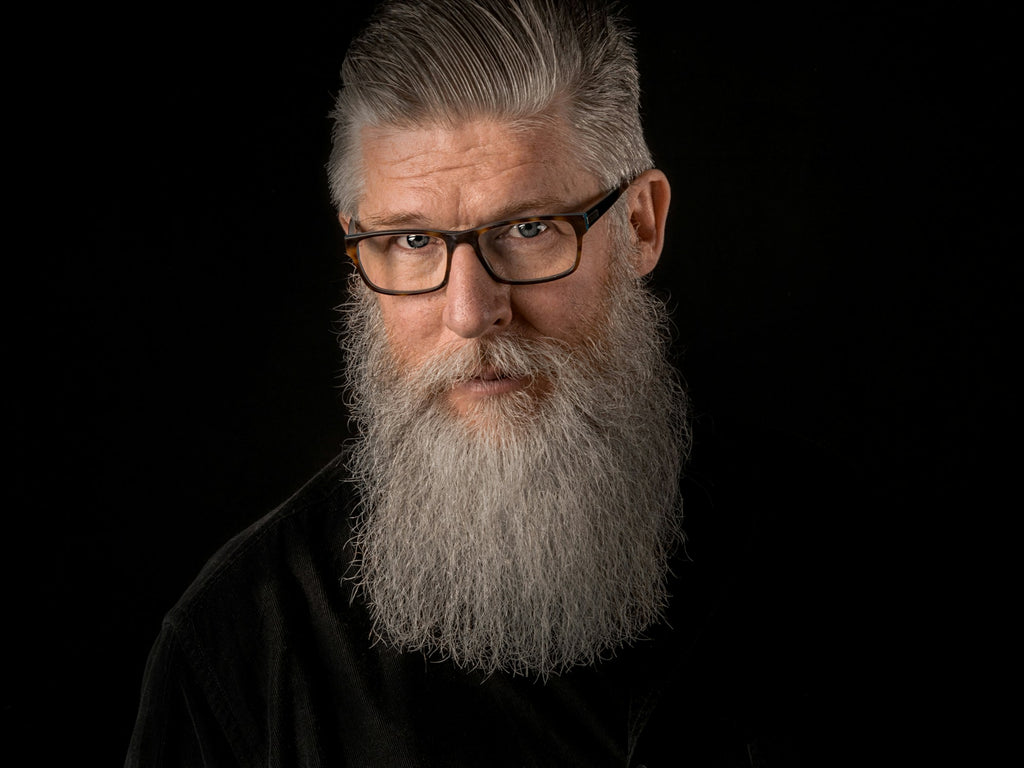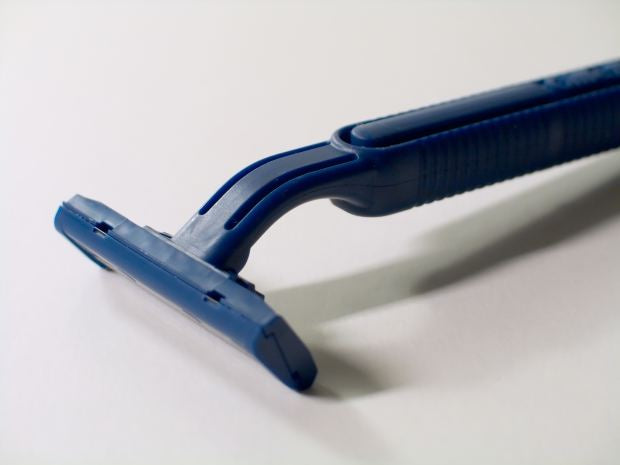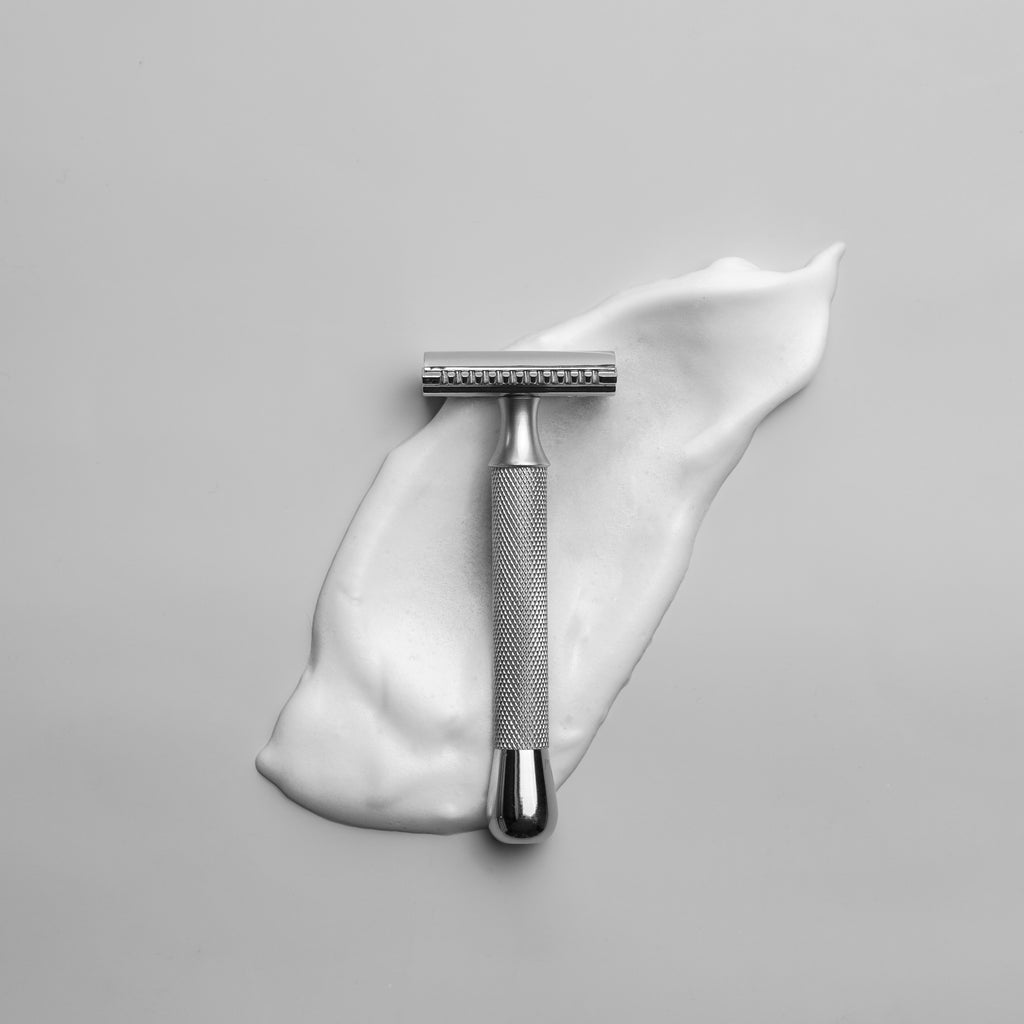Education
Why Does My Beard Hurt?
From time immemorial and across multiple cultures, beards have been considered as symbols of masculinity. At the time of this writing (early 2024), beards have also come to be associated with style and confidence.
But what happens when your beard starts to become uncomfortable—not psychologically, but physically?
Why Does My Beard Hurt?
Your beard is just hair, and if you recall middle school biology, you know that hair cells don’t have nerves. As such, your beard can’t actually hurt. But your beard CAN FEEL like it’s hurting because, of course, it’s attached to the skin on your face. And, of course, the skin on your face has plenty of nerves.
So many men experience what feels like “beard pain,” which can range from itching and irritation to soreness and sensitivity. Are you’re experiencing that with your beard? Occasional discomfort is normal, especially if you’ve just started growing your beard within the past few weeks. But if you have persistent or severe pain, there may be some underlying issues that need your attention.
Common Causes of Beard Pain
First, let’s take a look at just some of the many possible reasons your beard may be “hurting.”
- Dry Skin and Beardruff: Dry, flaky skin underneath the beard, commonly known as beardruff (basically, dandruff in your beard), can lead to itching and irritation. Insufficient moisture on the surface of your beard, insufficient hydration, and issues with hygiene can be contributing factors.
- Ingrown Hairs: Ingrown hairs occur when hair follicles become trapped beneath the skin's surface. This can lead to inflammation and discomfort. Improper shaving or grooming can increase the risk of ingrown hairs.
- Tugging and Pulling: Aggressive brushing, combing, or styling can tug on the hair follicles, causing pain and discomfort. Using harsh tools or applying excessive force can damage the hair and irritate the skin.
- Skin Conditions: Certain skin conditions, such as eczema, psoriasis, or folliculitis, can affect the skin beneath the beard, leading to itching, redness, and soreness. Managing these conditions with proper skincare and medical treatment is of the utmost importance.
- Allergic Reactions: Some individuals may experience allergic reactions to beard care and skin products. Shampoos, conditioners, or styling products are the usual culprits. Ingredients like fragrances, preservatives, or harsh chemicals can trigger skin irritation and discomfort.
There may be other reasons, but when it comes to beards, the aforementioned are the most likely causes of pain in your face.
Managing Beard Pain
So now that we looked at some of the possible causes of the problem, what are some solutions?
- Wash your face the right way: Wash your beard regularly with a gentle beard shampoo or cleanser free of sulfates. This helps you to remove not only dirt and oil, but also dead skin cells. Avoid over-washing, as doing so can strip the skin of its natural oils and make your skin even more dry—potentially causing you more pain.
- Hydrate and Moisturize: Use a high-quality beard oil to hydrate the skin and soften the beard hair. Look for products with natural ingredients like jojoba oil, argan oil, or shea butter to nourish and protect the skin underneath your beard.
- Be Gentle with Grooming: Use a beard brush or comb with rounded teeth to detangle and style your beard without tugging or pulling the hairs. Be gentle when grooming—you’re brushing and combing your face, after all. And even though your beard hair may be more coarse than the hair on your head, don’t be aggressive.
- Exfoliate Regularly: Exfoliating helps remove dead skin cells. As an added bonus, it also is great in helping to prevent ingrown hairs. Use a gentle exfoliating scrub or brush to massage the skin and promote healthy cell turnover.
- Use Hypoallergenic Products: Get beard care products that are free from harsh chemicals, fragrances, and potential allergens. Read ingredient labels carefully, and perform patch tests before applying new products to your skin.
If you’re still having pain in your face after trying all the above, consider seeing a dermatologist. Although beard pain can be a frustrating and uncomfortable, it can be managed with the right approach. With patience and consistency, you can overcome beard pain and maintain a beard that looks and feels great.
Continue reading
Are Beards Dirty?
5 Ways You're Messing Up Your Beard
Is Dry Shaving Bad?
5 Steps in Defeating Beard Dandruff
So You Have Razor Bumps?
5 Tips on "Winterizing" Your Skin
The Rise of Sartorial Stubble
You’ve seen it before. Facial hair that’s not a full-blown beard, but a bit more than just stubble. "Sartorial stubble” strikes a perfect balance between a clean-shaven face and a full beard. Wearing such a style speaks both relaxed confidence and effortless charm. This blog post takes a look at the rise of the beard style. We’ll look at its origins and understand why it has become a go-to choice for many who want a distinguished yet low-maintenance look.
The Art of Sartorial Stubble
Sartorial stubble is an art form. It requires you to intentionally maintain a relatively short length of facial hair, yet keeping it very well groomed. The key lies in precision and attention to detail. Styling your stubble this way is eye-catching, creating a distinct outline that enhances the natural contours of the face, and highlights the jawline and cheekbones.
What sets sartorial stubble apart is its obvious intention. It's not simply a result of not shaving. It’s a very deliberate choice requiring careful maintenance and grooming. The stubble has to be trimmed to a consistent length, ensuring an even and neat appearance. The sartorial stubble is versatile, suitable for various face shapes and ages, and can be adapted to match personal preferences.
Origins and Cultural Influence
The roots of sartorial stubble can be traced back to the mid-20th century when iconic actors, musicians, and artists began embracing the look. It represented a bit of rebellion against clean-shaven norms, symbolizing a break from traditional standards of grooming. From Hollywood heartthrobs to influential rock stars, this style of facial hair captured the imaginations of many.
Today, the sartorial stubble trend has transcended cultural boundaries and gained popularity worldwide. It has become a symbol of contemporary masculinity, representing a confident approach to grooming. Men from all walks of life, including professionals, creatives, and fashion-forward individuals, have worn their facial hair this way to express their individuality and enhance their personal style.
Maintaining the Sartorial Stubble
As mentioned earlier, achieving and maintaining the perfect sartorial stubble requires attention to detail and regular grooming. To start, a precise trimmer or electric shaver is a must for maintaining the desired length. Trim the stubble carefully to ensure even lines and defined edges.
Regular cleansing and moisturizing are equally important. Use a gentle facial cleanser to keep the skin beneath the stubble clean and free from dirt and excess oil. Moisturize daily to prevent dryness and maintain the health of both the facial hair and the skin.
This cannot be overstated: Remember to maintain the stubble regularly to avoid an unkempt appearance. A touch-up every few days is often sufficient, depending on the desired length and growth rate. A well-groomed stubble can be complemented with a high-quality beard oil or beard conditioner to condition the hair and keep it looking fresh.
The sartorial stubble trend has captured the attention of many who seek a refined and effortless grooming style. Its versatility, ease of maintenance, and ability to enhance facial features have contributed to its popularity across cultures and generations. By carefully shaping and grooming the facial hair, men can sport this look with confidence.
Whether aiming for a distinguished everyday look or making a statement on special occasions, the sartorial stubble offers a timeless appeal. Explore this trend, experiment with different lengths, and find the perfect balance between groomed refinement and rugged charm.
Continue readingBeard Dandruff is a Thing...
You ever brush your beard and see flakes falling like snow?
That's probably dandruff.
Yes, dandruff. It doesn't just show up on your head. It can also be in your beard.
Check out our How to Stop Beard Dandruff video to learn more.
Continue reading









